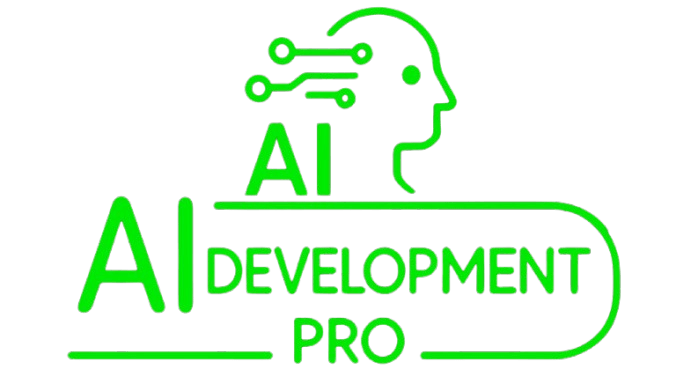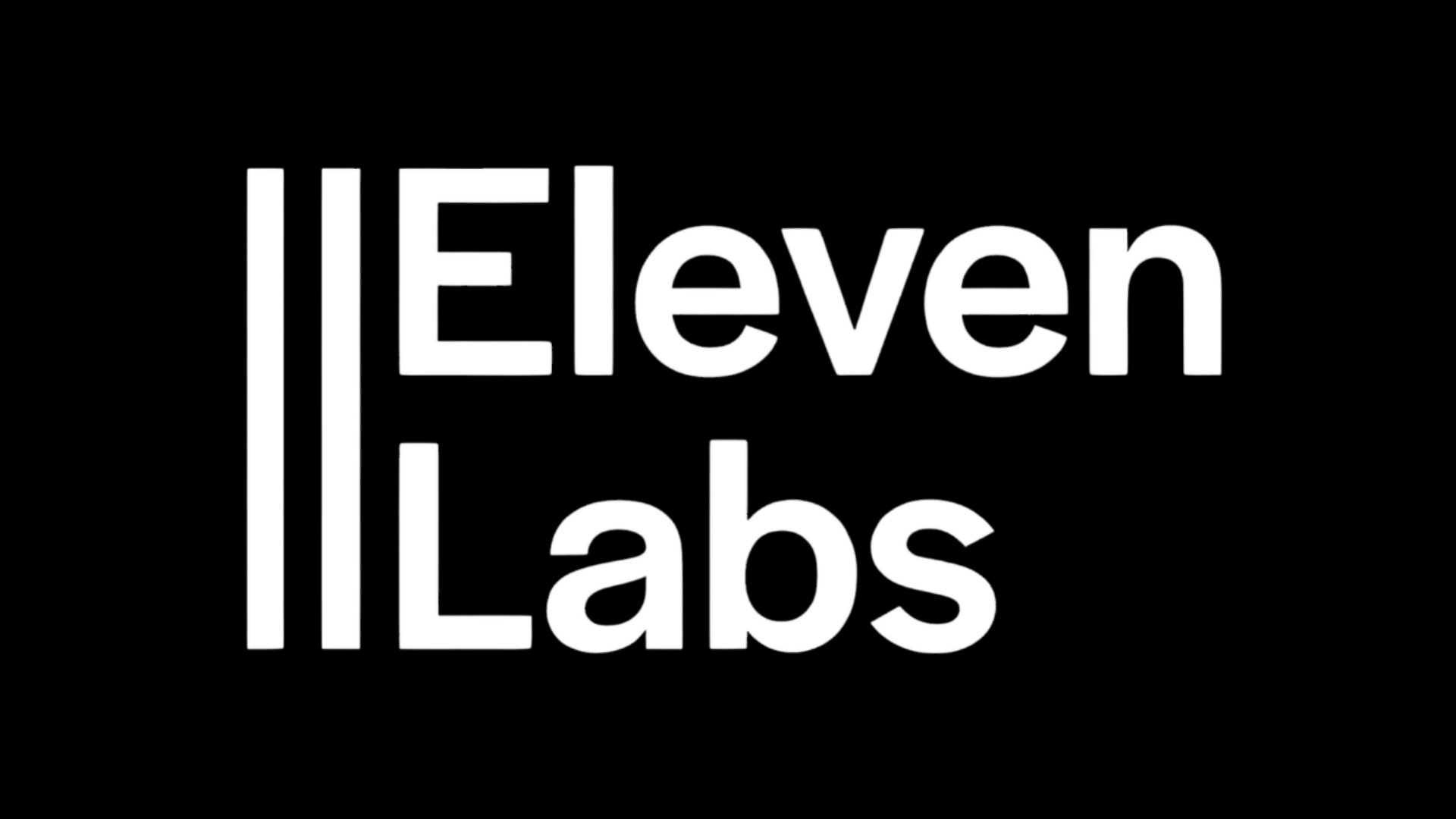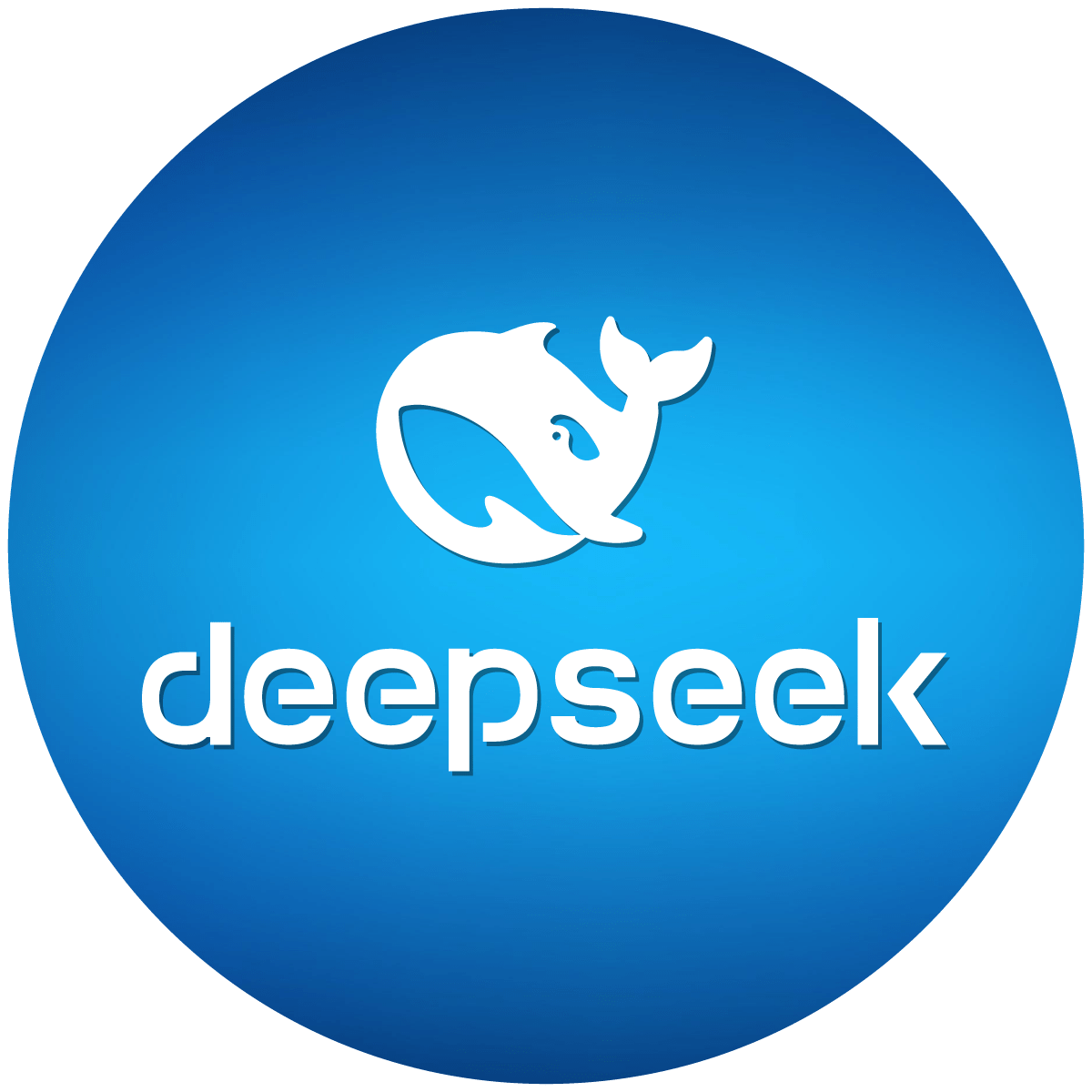

build an application worth millions in lovable
How to Build an Application Worth Millions in Lovable
In today's digital-first world, the ability to build an application that stands out in a crowded market is more valuable than ever. With millions of apps competing for attention, creating one that is not only functional but also lovable requires a strategic approach. Whether you're a startup founder, a solo developer, or an enterprise, this guide will walk you through the essential steps to build an application that users adore-and that could be worth millions.
Understanding the Market Before You Build an Application in lovable
Before you write a single line of code, it's crucial to understand the market you're entering. Conduct thorough research to identify gaps, pain points, and opportunities. Analyze competitors to see what they're doing well and where they're falling short. Tools like Google Trends, App Annie, and user reviews can provide invaluable insights.
For example, if you want to build an application for fitness enthusiasts, study the top fitness apps. What features do users love? What complaints do they have? Perhaps users want more personalized workout plans or better integration with wearable devices. Identifying these nuances will help you create a product that fills a real need.
Defining a Unique Value Proposition
A unique value proposition (UVP) is what sets your app apart from the competition. It's the reason users will choose your app over others. To build an application with a strong UVP, ask yourself: What problem does my app solve in a way no other app does?
Take the success of apps like Duolingo or Headspace. Duolingo made language learning fun and accessible, while Headspace simplified meditation for beginners. Your UVP should be clear, concise, and compelling. Once defined, it should guide every decision you make, from design to marketing.
Choosing the Right Technology Stack
The technology stack you choose will impact your app's performance, scalability, and development speed. In 2025, trends like AI integration, blockchain, and low-code platforms are shaping how developers build an application.
For mobile apps, frameworks like Flutter and React Native remain popular for cross-platform development. For backend services, consider serverless architectures with AWS Lambda or Firebase for scalability. If your app relies on AI, Python with TensorFlow or PyTorch is ideal. Always balance cutting-edge tech with reliability-users won't tolerate bugs or slow performance.
Designing for User Delight
User experience (UX) and user interface (UI) design are critical when you build an application. A beautiful, intuitive design can make the difference between an app that's merely functional and one that users love.
Focus on simplicity and usability. Use tools like Figma or Adobe XD to create wireframes and prototypes. Test these with real users to gather feedback early. Pay attention to micro-interactions-small animations or feedback mechanisms that make the app feel responsive. For example, Slack's playful loading messages or TikTok's seamless swiping gestures contribute to their addictive user experiences.
Developing with Agile Methodologies
Agile development is the gold standard for building applications efficiently. Instead of waiting months to launch a perfect product, Agile encourages iterative development with frequent releases. This allows you to test ideas, gather user feedback, and make improvements continuously.
Break your project into sprints, typically two weeks long. Each sprint should deliver a working feature or improvement. Tools like Jira or Trello can help manage tasks. By adopting Agile, you reduce the risk of building something users don't want and ensure your app evolves based on real-world usage.
Monetizing Your Application
To build an application worth millions, you need a solid monetization strategy. Common models include:
- Subscription: Charge users monthly or annually (e.g., Spotify).
- Freemium: Offer a free version with paid upgrades (e.g., Dropbox).
- In-app purchases: Sell virtual goods or features (e.g., mobile games).
- Advertising: Display ads to free users (e.g., Facebook).
Choose a model that aligns with your audience. For instance, productivity apps often succeed with subscriptions, while gaming apps thrive on in-app purchases. Test different approaches and analyze metrics like customer lifetime value (LTV) and churn rate to optimize revenue.
Marketing and Growth Hacking
Even the best app won't succeed without effective marketing. Start building buzz before launch with a landing page, social media teasers, and influencer partnerships. Post-launch, leverage app store optimization (ASO) to improve visibility. Use keywords like "build an application" in your app's description to attract the right audience.
Growth hacking techniques can also drive rapid adoption. Dropbox's referral program, which rewarded users with extra storage, is a classic example. Consider offering incentives for referrals, viral sharing features, or limited-time discounts to boost downloads.
Support our work by sharing on multiple social platforms. Join our community







